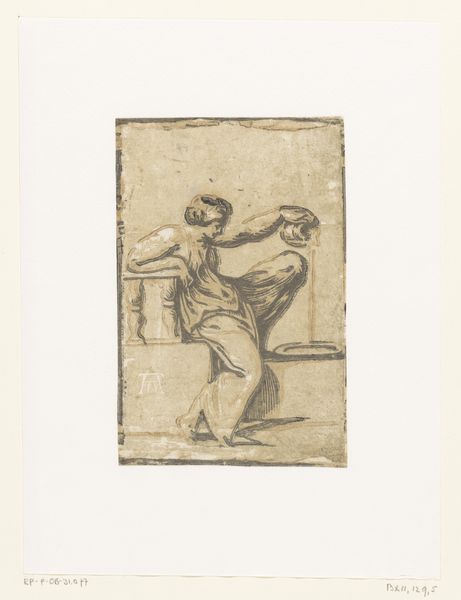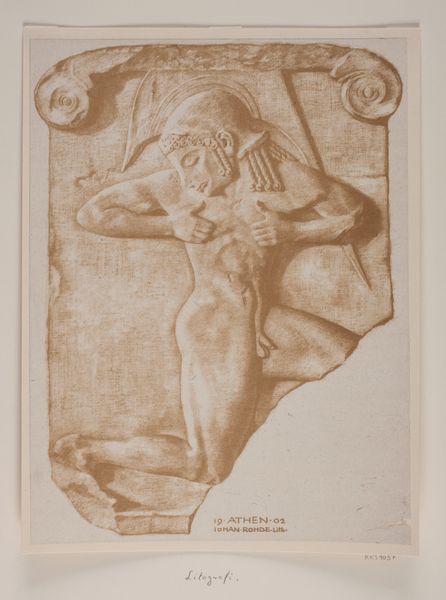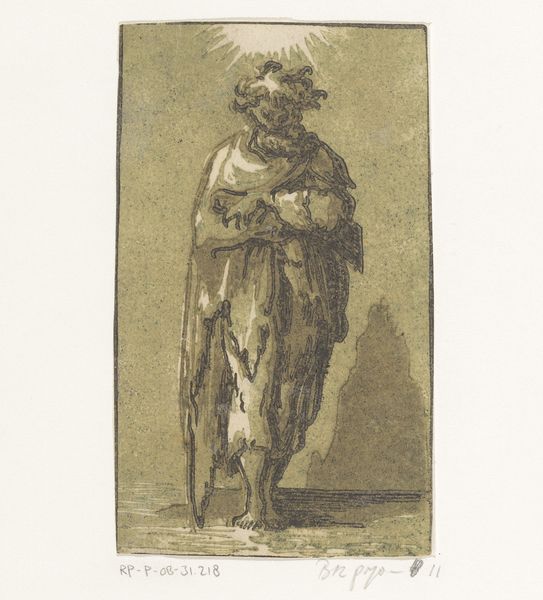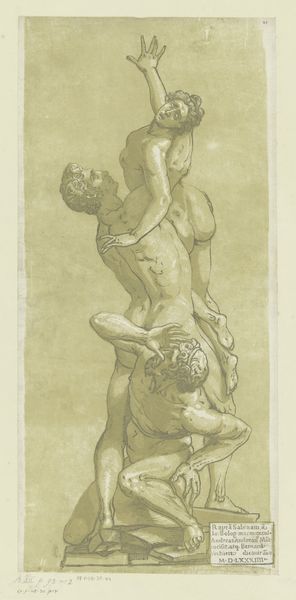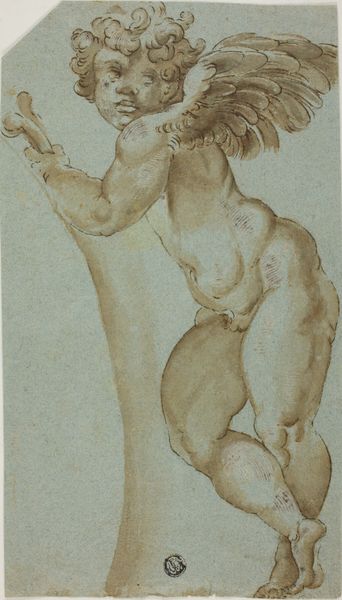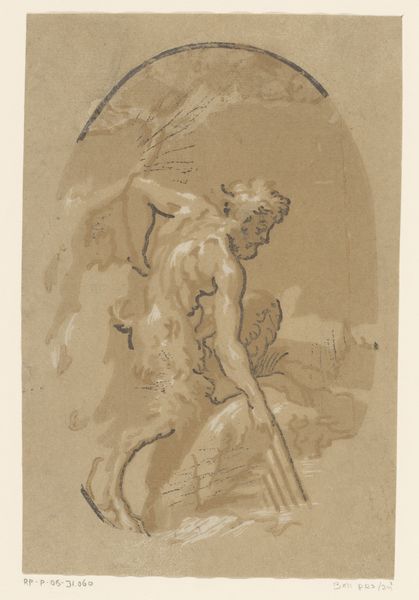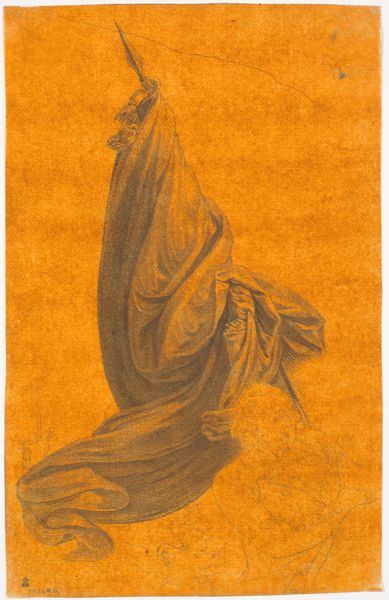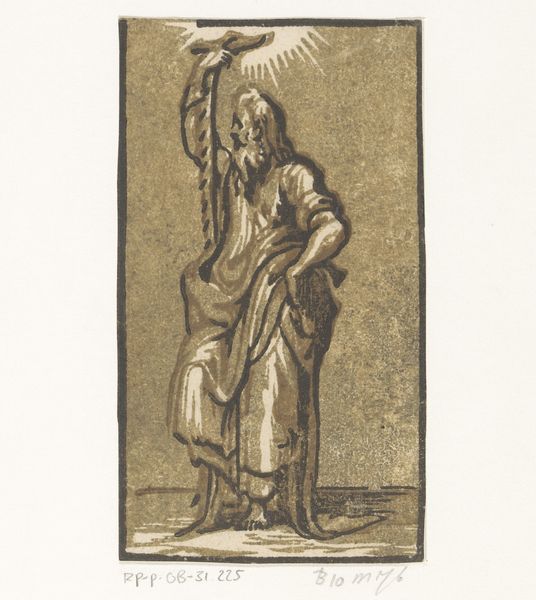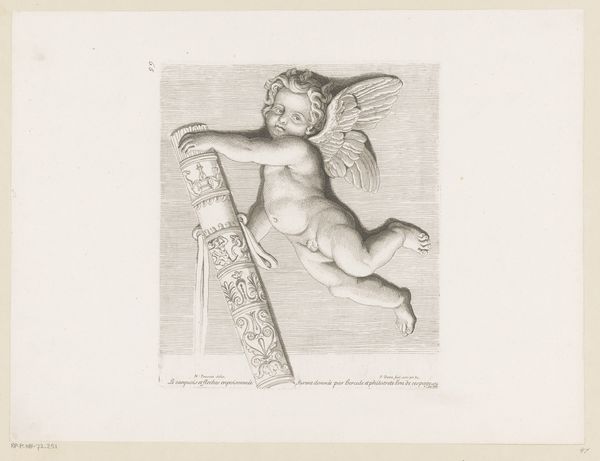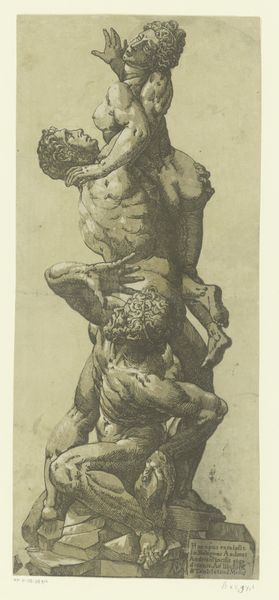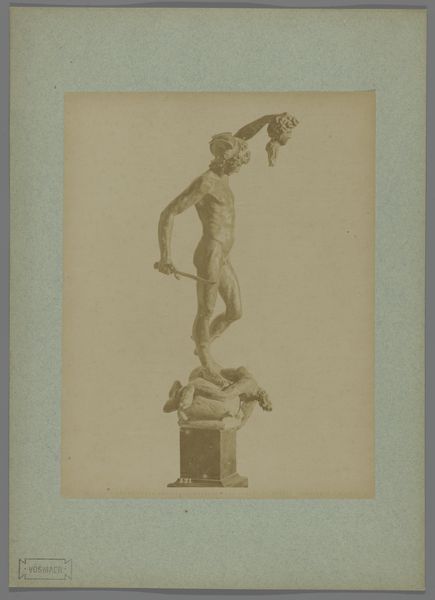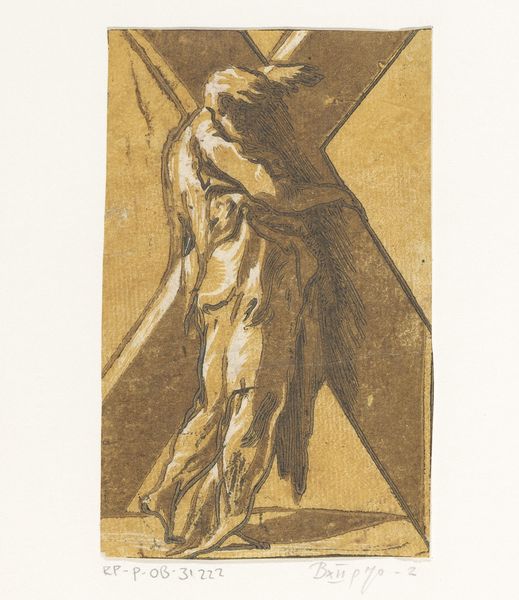
drawing, pencil
#
portrait
#
drawing
#
pencil sketch
#
etching
#
figuration
#
11_renaissance
#
pencil drawing
#
pencil
#
italian-renaissance
Dimensions: height 115 mm, width 57 mm
Copyright: Rijks Museum: Open Domain
Curator: Looking at this piece, titled "Twee Vrouwen," or "Two Women," attributed to Ugo da Carpi and created sometime between 1502 and 1532, I’m struck by its immediacy. It appears to be a pencil drawing, perhaps even an etching, capturing a moment. Editor: They emerge so softly from the aged paper! Ghostly. It feels like glimpsing a fleeting memory, doesn't it? As if they’re whispering secrets just beyond our hearing. Curator: I think that's quite astute. The Italian Renaissance saw a flourishing of printmaking, techniques like etching allowing for broader dissemination of imagery. This piece allows us to analyze production methods for the general public at that time. We see Da Carpi experimenting, possibly refining his process. What kind of paper stock, inks, what presses were available during this era. Editor: Absolutely. There’s a tenderness to it that moves beyond mere craft. Their garments envelop them like cocoons, sheltering them somehow. And is it me or the figures slightly misshapen, just hinting at imperfection? Is that Da Carpi exploring a looser style, or an artist more concerned with form than the process of etching? Curator: Misshapen? Well, perhaps what you perceive is attributable to the artistic techniques available at the time. Etching inherently presents unique material constraints. If you inspect its layers, it may suggest a specific order, or even social intent. What’s clear, though, is that access to art production wasn’t the private domain for some. It's exciting to think how these women, immortalized in print, might challenge notions of labor and consumption of art within their social spheres. Editor: Perhaps! I imagine them escaping from the constraints of their frame. Wouldn’t that be divine? Imagine if one woman freed herself of that shroud of Renaissance paper... What do you think Da Carpi was hinting about their daily lives? What they felt like. Maybe I'm off topic... Curator: No, you're actually on to something about art and accessibility! The tactile nature, pencil medium – makes their image more tangible, more a human scale! It invites close study. Ultimately, pieces like this reminds us how creative economies shape societies, one artwork and transaction at a time. Editor: Beautifully said! And on that note, let’s release them from our speculative musings, letting others now weave their own stories about these women… and Ugo!
Comments
No comments
Be the first to comment and join the conversation on the ultimate creative platform.
